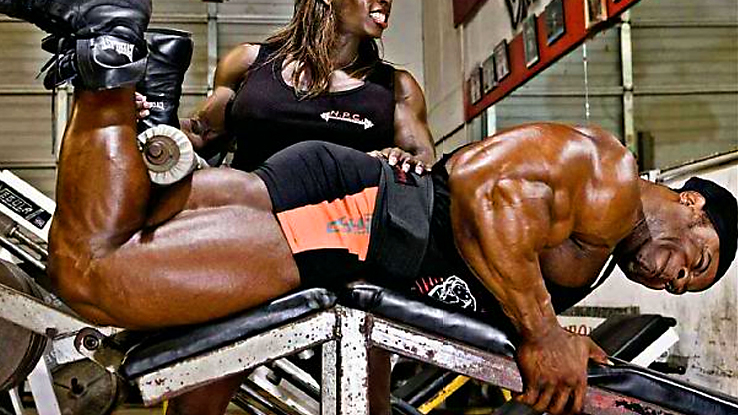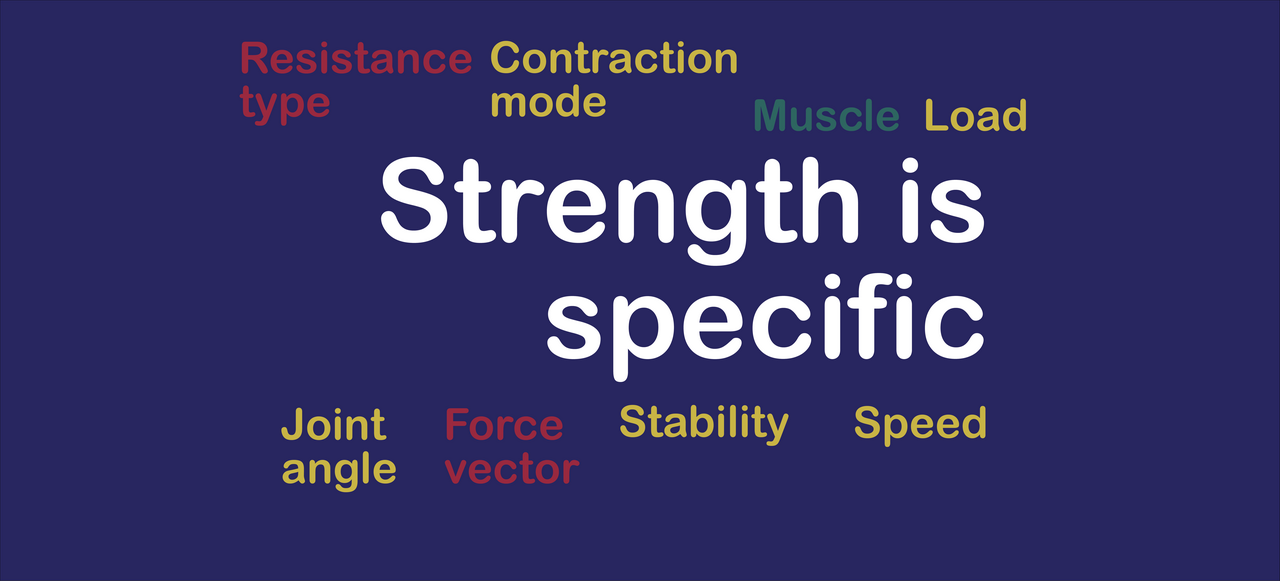ive always been plagued with knee pain due to being quad dominant,
Neoprene
I am a fan of neoprene. Neoprene Knee Sleeves, Elbow Sleeves and Waist Band.
They provide some support. But the main thing is they provide heat and increase circulation to those areas.
I did find that neoprene knee sleeves (cheapo Walmart/pharmacy ones) work great.
I've 3 Rehband knee sleeves
SBD Knee Bands
Like watchnerd, I have a pair of the Rehband Knee Sleeves.
However, I purchased the SBD's a few years ago. Along with providing heat, they provide knee support.
In this article, the top four knee sleeves are compared: Titan, Tommy Kono, Rehband, and SBDs. The pros and cons are covered and recommendations are made.

www.powerliftingtowin.com
Izzy Narvaez provides one of the best reviews on the various brands.
Buy Two Sizes Smaller
One of the recommendation is to purchase SBD Sleeves that are two size smaller; which makes them tighter and provides more support.
My Rehband Knee Sleeve is a Medium. I purchase the Extra Small SBD Knee Bands.
Initially, it took me twenty minutes to get them on. I now get them on in less than thirty seconds.
Learning to get the SBD's on is a an acquired skill.
Calf Size
The issue with purchasing a Size or two Size Smaller SBD's is the size of your calves.
My calves are fairly small. So, I do not have much of an issue.
A buddy of mine has large calves. He like the SBD but getting them on for him take work.
Leg Curl First
The article Gary T posted is interesting.
John Meadows, who recently passed away, was one of the best when it comes to training.
So, what his article suggest might work.
Antagonist-Agonist Muscles
1) Agonist Muscles
These are the muscles involved an exercise.
Agonist Bench Press Muscle Example
Chest, Anterior Deltoid, and Triceps
2) Antagonist Muscles
These are the muscle that are not involved in an exercise.
Antagonist Bench Press Muscle Example
Lats, Posterior Deltoid, Rhomboids
The Upper Body Antagonist Muscles
The Antagonist Muscles provide a "Braking Mechanism" for Agonist Exercises.
Think of Agonist Muscles as the "Gas Pedal".
Antagonist Muscle as the "Brake". Thus, when performing an Agonist Exercise is is similar to driving your car with the Emergency Bake (Antagonist Muscles) on.
If you enjoy this article, you will like my first book (see on Amazon). --- Decades of research has demonstrated that the focus of at...

write.as
During many movements,
the antagonist muscle contracts at the same time as the agonist, albeit to a lesser degree. While this contributes to joint stability and improves control over the movement, it also reduces the external joint torque for a given level of agonist muscle force. For this reason, a reduction in antagonist co-activation improves strength and exercise performance.
...
a heavier weight might be lifted for a larger number of reps once antagonist co-activation has reduced,
Disengaging The Antagonist Brake
To increase force production (strength, power or speed) in a Agonist Exercise...
1) Perform an Antagonist Exercise First.
Before Bench Pressing, perform some Lat Pulldowns or Rows.
or
2) Stretch The Antagonist Muscle before performing the Agonist Exercise.
Before performing a Bench Press, hang from a Pull Up Bar.
Either of these methods "Disengages The Antagonist Brake"; allowing you to produce more force in the Agonist Exercise.
With that said, things are a little different with Lower Body Exercises.
Lombard's Paradox
In Lower Body Compound Exercises, like Squats, Deadlifts, etc., the Antagonist Muscles (Posterior Chain: Hamstrings, Glutes, Erectors, etc) are engaged and assist the Agonist Muscles (the Quads in the Squat).
Lombard's Paradox applies to the Deadlift, as well. The Deadlift is a Posterior Chain Exercise.
However, the Quad are engaged and assist in the Deadlift
Since the Antagonist Muscles in Lower Body Movement are engaged and assist, you don't want to overwork the Antagonist Muscles (as in Leg Curls) prior to performing your Agonist Exercise (your Squat, in this case).
Summary
This comes down to experimenting with Leg Curls prior to Squat to find out if it works for you.
The only way to know is to give it a shot.
"Research is what I am doing, when I don't know what I am doing." Einstein
The take home message is. no matter how smart you are (Einstein), you still need to experiment with thing to really find out; like Boris said.
My suggesting are...
1) Don't overwork the Hamstrings with Leg Curls prior to Squats. That since the Posterior Chain (Hamstrings, Glutes, and Erectors) contribute to the Squat (Lombard's Paradox).
2) Neoprene Knee Sleeves
They provide some support for you knees and even more importantly, increase heat and blood flow to the area; which assist in recovery.




